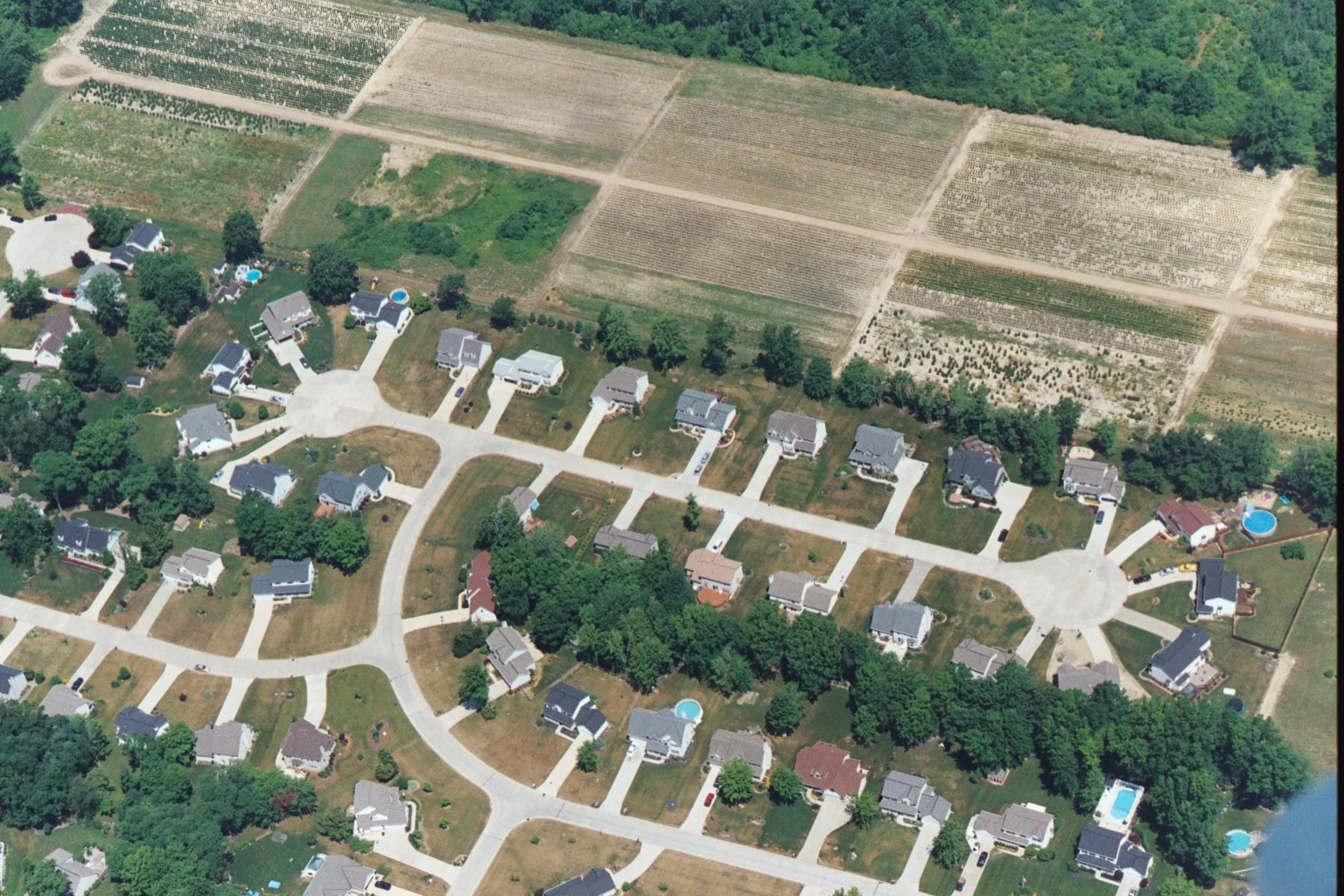By Alex Highley, GOPC Project Coordinator
The Urban Land Institute (ULI) has issued a new national report titledHousing in the Evolving American Suburb,which assesses general trends in housing, income, demographics within urban and suburban areas throughout the country. Stockton Williams, an author of the report, recently appeared on theAll Sides with Ann Fisherradio show to discuss emerging patterns in housing and land use and to offer insight on the report findings’ implications for Ohio, and Columbus in particular. Williams was joined on the show by Rob Vogt of Vogt Strategic Insights, who emphasized the value of boosting transportation options in Ohio as a means of confronting suburbanization challenges detailed in the report.
As many analyses have shown, the growth of suburbs came largely at the expense of downtown areas in the post-war years; one of the main discoveries of the ULI report is that today many regions exhibit suburban and urban growth simultaneously. Speakers on the show mentioned that Columbus, for instance, has seen job and population increases largely throughout suburban and city areas over the past few years. While this rise often manifests in many large cities, Greater Ohio Policy Center (GOPC) has found that over the last few decades, many smaller cities in Ohio have seen a decline in key indicators of economic health in both suburban and urban areas. GOPC’s 2016 reportFrom Akron to Zanesville: How Are Ohio’s Small and Mid-Sized Legacy Cities Faring?, which analyzes the economic health of smaller and mid-sized cities in Ohio, shows that this dual suburban-urban growth has yet to take off in many Ohio cities. In fact, the state’s smaller legacy cities and their surrounding metro areas experienced declines in population and labor force participation along with increased poverty rates during pre-(2000-2009) and post-recession (2009-2014) time periods.
Contrary to some popular thought, suburban areas in the US are still highly inhabited. In fact, 79 percent of the US population lives in suburbs, according to the ULI report. However, as a result of the growing popularity for the younger generation to move to urban environments, urban living costs have generally gone up, and thus many families in Ohio in turn are forced to re-locate into less-costly suburban neighborhoods. As a result of this movement, speakers on the radio show explain that transportation challenges represent a substantial barrier for many families who now live in Ohio’s suburbs, because public transportation is generally less comprehensive in these areas.GOPC strongly supports policies to build a robust network of public transportationthroughout Ohio’s cities and metros as a tool for economic development, whereby potential workers have a reliable means of getting to a job. To do this, Williams emphasized the need to explore ways to improve bus service and build on current public transportation systems. Guests also discussed multimodal transportation’s related benefits, such as a relaxed demand for parking and lower traffic congestion.
A discussion of the changing housing patterns and preferences along with increasing home prices and rents also feature heavily in ULI’s report. During the radio show, Fisher referred to a statistic in a report GOPC co-authored with the Affordable Housing Alliance of Central Ohio (AHACO) titledThe Columbus and Franklin County Affordable Housing Challenge: Needs, Resources, and Funding Models, noting that there are over 46,000 renters in central Ohio who pay over 50% of their income on housing costs. According to Vogt, this staggering number of people considered to be “severely housing cost burdened” is reflected throughout the country, and is a function of both the price of housing and annual incomes. To narrow this gap, one example of an affordable housing solution that Williams recommends is inclusionary zoning. This tool enables a local government to incentivize a private developer to build market rate housing with some mix of below-market units in a specific area. Thereport GOPC co-authored with AHACOhighlights inclusionary zoning and developer incentives in Denver, Colorado as successful and potentially replicable models for expanding affordable housing.


